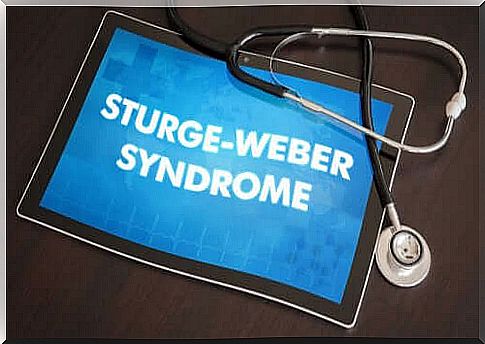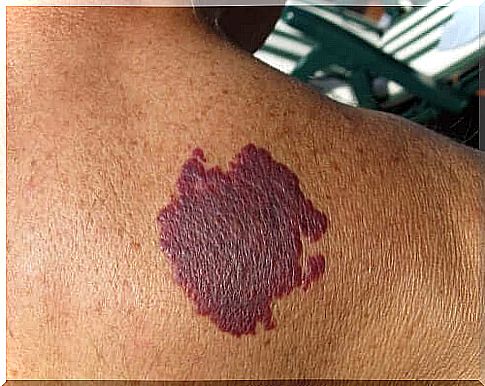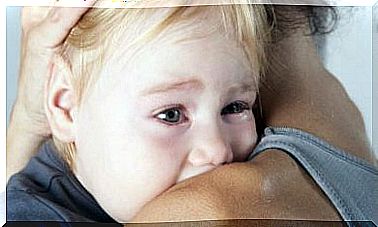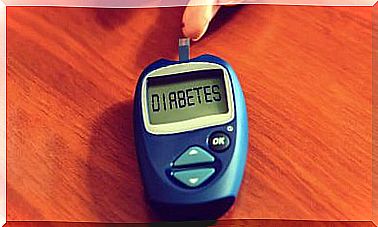Sturge-Weber Syndrome In Children

Sturge-Weber syndrome or SSW is a congenital disease considered a rare disease. It is mainly characterized by a birthmark on the face called ‘Port wine stain’, as well as neurological symptoms. Therefore, it is considered a neurocutaneous disorder.
It was first described in 1860, although its specific features have only been studied later. There are considered to be three types of Sturge-Weber syndrome:
- SSW Type 1: facial and leptomeninges angioma.
- Type 2: Facial angioma only.
- Type 3: Leptomeningeal angioma only.
According to studies carried out, it is considered that it begins in early pregnancy, between the first 6 and 9 weeks of pregnancy, although its cause is unknown. It is produced by a genetic mutation that affects a protein related to some growth factors, as well as vasoactive peptides and some neurotransmitters.
Clinical Symptoms of Sturge-Weber Syndrome
We can group the most important symptoms of Sturge-Weber syndrome into three main groups:
- Facial angioma.
- Eye manifestations such as glaucoma.
- Neurological impairment.

facial angioma
As we said, the most characteristic symptom is facial vascular angioma, a birthmark the color of port wine. It usually occurs in the trigeminal nerve area: in the forehead or upper eyelid. While not the most common, it sometimes extends to wider areas of the face or even the torso or extremities.
This facial angioma can often be associated with soft tissue and even bone hypertrophy. This is related to impairment of vision, hearing, swallowing or speech, among others.
eye manifestations
Ocular manifestations and ophthalmic signs are another very important point in the diagnosis and prognosis of this disease. In fact, one of the most common effects is glaucoma, an increase in eye pressure that can lead to blindness.
neurological impairment
There are also cases of Sturge-Weber syndrome in which there is no characteristic facial blemish as described above. These cases are usually more severe because the angioma can occur within the central nervous system, more specifically in the leptomeninges.
The brain or neurological manifestations of this syndrome are usually damage to the leptomeninges, seizures, and mental retardation. For example, one sign that can be detected on prenatal ultrasound is calcifications within the skull.
Between 75 and 90% of patients have seizures, which is the most common neurological manifestation. These are usually long-lasting attacks that recur frequently and that are difficult to control with usual treatments.
Between 50 and 70% of patients develop, after these crises, mental retardation. Other consequences of this neurological impairment can be hemiparesis and hemianopsia.

Treatment of Sturge-Weber Syndrome
The treatment of Sturge-Weber syndrome must be multidisciplinary, as well as its diagnosis. In other words, it always involves professionals from different areas, such as neurology, neurosurgery, ophthalmology, dermatology, etc.
Regarding neurological impairment, the main point of treatment is usually the control of seizures and epileptic seizures. This therapy can be pharmacological or surgical or even a combination of the two. This is because common pharmacology only resolves approximately 50% of seizures.
Glaucoma treatment is also often complicated and often requires surgery. However, facial angioma is usually simply a cosmetic problem. A useful therapy that is often used is the application of pulsed laser, in addition to possible cosmetic makeup that helps to cover the lesion.
In conclusion, early diagnosis of this syndrome is essential, as it can seriously compromise the health and quality of life of the affected child . The signs and symptoms are not always the same, but if there is the slightest suspicion, the case must be studied in detail so that it can be ruled out.









